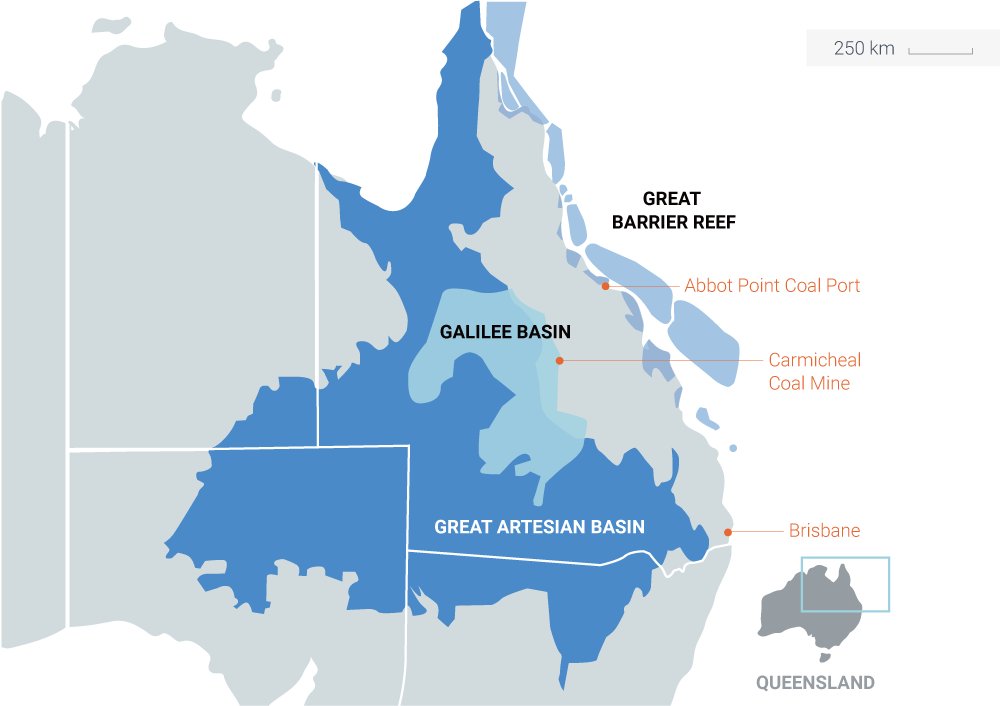Carmichael Coal Mine (CCM) in Queensland, Australia is one of the most famous global examples of a current asset in the process of becoming stranded by the transition to a low-carbon economy and changing attitudes to coal as a source of energy. There has been much publicity around investors and banks backing away from the project one by one.
The associated carbon emissions and financial viability of coal energy are the principal concern for most investors and the driving force behind the stranding. However, approval and construction of the project took 10 years from when Adani Enterprises Limited (AEL) purchased the lease in 2010, largely because of roadblocks and litigation related to local groundwater resources.

CCM can therefore be seen as an example of an investment where delays due to water-related issues have meant that the external environment has significantly changed compared to when the investment decision was originally taken. If CCM does become a stranded asset – as now seems likely – AEL’s US$5 billion outlay and their additional investment in Abbot Point Coal Port, at a further US$2 billion, which relies on the CCM operating to be economically viable, will be stranded alongside it.
Studies have shown that aquifer levels have dropped significantly at nearby protected wetlands Doongmabulla Springs since 2019. As with many environmental impacts, changes such as these could prove to be irreversible. The water issues resulted in delays obtaining permits and in litigation, which slowed the process down considerably.